
After entering the system, press the combination key "WIN+Tab" and "New Desktop" will appear on the right side. Click the + key, Add a new desktop. When switching desktops, it is also the win + Tab combination key to call up multiple desktops, and the mouse selects and clicks to switch the desktop. Click on a desktop and then use the relevant program.
First of all, click the [Task View] icon in the taskbar according to the arrow in the figure below. Step 2 If the icon is not in the taskbar, you can press the [win+Tab] key on the keyboard as shown in the figure below. The third step is to enter the task view page as shown in the figure below.
First of all, click the [Start] icon in the lower left corner as shown in the figure below. The second step is in the pop-up menu bar, and click the [Settings] icon as shown in the figure below. Step 3 After opening the [Settings] window, click the [System] icon as shown in the figure below.
Method 1, used to start and create and view the virtual desktop: shortcut to start, Win + Ctrl + D hold down the winodws key and press Ctrl and D, which will create a new virtual desktop. Win + Tab button to browse the open virtual desktop. Win + Ctrl + F4 to close the current virtual desktop.
The switch between the desktop and the desktop is also completed in the task view interface of Win10. If one of the desktops is not used, the close button can appear directly in the upper right corner.Just turn it off.
1. Enter [Background Image Settings] 1 in the Windows search bar, and then click [Open] 2. In the background, you can choose a picture, a solid color or a slideshow 3 to create a picture. You can also click [Browse] 4 and choose other pictures as the background.
2. First, turn on the computer, enter the desktop, right-click in the blank space, and select the "Personalization" option in the open menu. As shown in the figure, click the "Theme" option on the left on the opened personalization page.
3. Enter the personalized function interface, find the background in the function column on the left, and click the background. Find it in the background interface.Choose the fit and adjust the fit according to your own requirements, and the size of the computer desktop wallpaper will also change accordingly.
4. First of all, right-click on the blank space on the desktop, and then click [Personalization] in the pop-up menu bar according to the arrow in the figure below. In the second step, after opening the [Personalization] window, click the [Theme] option on the left according to the arrow in the figure below.

Open the settings of win10. Enter Personalization, select "Theme" in "Personalization", and select "Desktop Icon Settings" in the relevant settings. In the desktop icon settings, check the desktop icon and click "OK".
First of all, the first step is to enter the computer desktop. According to the arrow in the figure below, no icon is displayed. The second step is to right-click the blank space on the desktop according to the arrow in the figure below. The third step is in the pop-up menu bar, click the [View] option according to the arrow in the figure below.
Right-click the blank space on the desktop--personalization. Click to change the desktop icon.Check the required application icon and click "Apply". Back to the desktop, the desired icon will be displayed.
Method 1: Click "Start" to find a program and drag the icon directly to the desktop. This article takes Foxmail as an example, which generates a desktop shortcut. Moreover, the original program icon still exists in all applications, which is very different from Win7.
First, click the [Start] icon in the lower left corner, and then follow the arrow in the figure below in the pop-up menu bar Pointed to, click the [gear] icon. The second step is to open the [Settings] window, and click the [System] icon as shown in the figure below.
First, click the start menu in the lower left corner of the desktop, and then click the settings icon in the pop-up page. Click the system option on the open window settings page. Click the tablet mode option on the left; then select the option to use the desktop mode on the open page.
The first step is to find a suitable icon file with the suffix .ico on the Internet in advance.
First, turn on the computer, enter the desktop, right-click at the start icon in the lower left corner, and select the "Settings" option in the open menu. After entering the setting page, find the "Personalization" option and open it. After entering the personalized settings page, click the "Theme" option on the left.
"My Computer" is named "This Computer" on the desktop of the Win10 system.Its function is the same as that of my computer. Software tools: Win10 1511 Professional Edition Right-click on the blank space on the desktop and select "Personalization" in the pop-up menu. Click "Theme" on the left and "Desktop Icon Settings" on the right.
Method 1 Directly click the "New Notification" button in the lower right corner of the taskbar to open the "Operation Center" interface, or press the keyboard combination key "Win+A" to quickly open the "Operation Center" interface.
1. Method 1: Click the small vertical bar on the far right of the computer taskbar Method 2: Use the shortcut key: win key + D Method 3: Right-click on the taskbar, from the menu Select "Show Desktop"Method 4: Right-click the Start Menu button and select "Desktop" from the options. The four ways to return the win10 system to the desktop state are shared here.
2. How to restore the win10 desktop icon First, click the "Start" menu, find the "Settings" option win10 system desktop map 1 Second, click "Settings" to enter the settings window, click the "Personalization" option win10 system desktop map 2 Third, click " The "sexualization" option enters the personalization window, and then.
3. Method 1: Click the switch desktop button. A careful user will find that there is a small vertical bar at the very edge of the lower right corner of the Win10 system taskbar. Click this small vertical bar to quickly switch to the desktop and quickly display the desktop. As shown in the figure below.
Common system icons include My Computer, Online Neighbors, Recycle Bin, My Documents, Control Panel, and Internet Explorer. In addition. Users can also set up an icon on the desktop for their frequently used programs, that is, a shortcut. Run the program by double-clicking this icon.
Enter the application name in the Windows search box, such as "WeChat", then right-click the WeChat application and select [Open File Location].
The original operating system no longer exists, and everything is replaced by a new system. But the desktop icon can be changed. Method: Right-click on the blank space on the desktop--personalization.After clicking to open, click the left bar--change the desktop icon. Search and click to open. Click the change icon, select and confirm.
Real-time HS code duty updates-APP, download it now, new users will receive a novice gift pack.
After entering the system, press the combination key "WIN+Tab" and "New Desktop" will appear on the right side. Click the + key, Add a new desktop. When switching desktops, it is also the win + Tab combination key to call up multiple desktops, and the mouse selects and clicks to switch the desktop. Click on a desktop and then use the relevant program.
First of all, click the [Task View] icon in the taskbar according to the arrow in the figure below. Step 2 If the icon is not in the taskbar, you can press the [win+Tab] key on the keyboard as shown in the figure below. The third step is to enter the task view page as shown in the figure below.
First of all, click the [Start] icon in the lower left corner as shown in the figure below. The second step is in the pop-up menu bar, and click the [Settings] icon as shown in the figure below. Step 3 After opening the [Settings] window, click the [System] icon as shown in the figure below.
Method 1, used to start and create and view the virtual desktop: shortcut to start, Win + Ctrl + D hold down the winodws key and press Ctrl and D, which will create a new virtual desktop. Win + Tab button to browse the open virtual desktop. Win + Ctrl + F4 to close the current virtual desktop.
The switch between the desktop and the desktop is also completed in the task view interface of Win10. If one of the desktops is not used, the close button can appear directly in the upper right corner.Just turn it off.
1. Enter [Background Image Settings] 1 in the Windows search bar, and then click [Open] 2. In the background, you can choose a picture, a solid color or a slideshow 3 to create a picture. You can also click [Browse] 4 and choose other pictures as the background.
2. First, turn on the computer, enter the desktop, right-click in the blank space, and select the "Personalization" option in the open menu. As shown in the figure, click the "Theme" option on the left on the opened personalization page.
3. Enter the personalized function interface, find the background in the function column on the left, and click the background. Find it in the background interface.Choose the fit and adjust the fit according to your own requirements, and the size of the computer desktop wallpaper will also change accordingly.
4. First of all, right-click on the blank space on the desktop, and then click [Personalization] in the pop-up menu bar according to the arrow in the figure below. In the second step, after opening the [Personalization] window, click the [Theme] option on the left according to the arrow in the figure below.

Open the settings of win10. Enter Personalization, select "Theme" in "Personalization", and select "Desktop Icon Settings" in the relevant settings. In the desktop icon settings, check the desktop icon and click "OK".
First of all, the first step is to enter the computer desktop. According to the arrow in the figure below, no icon is displayed. The second step is to right-click the blank space on the desktop according to the arrow in the figure below. The third step is in the pop-up menu bar, click the [View] option according to the arrow in the figure below.
Right-click the blank space on the desktop--personalization. Click to change the desktop icon.Check the required application icon and click "Apply". Back to the desktop, the desired icon will be displayed.
Method 1: Click "Start" to find a program and drag the icon directly to the desktop. This article takes Foxmail as an example, which generates a desktop shortcut. Moreover, the original program icon still exists in all applications, which is very different from Win7.
First, click the [Start] icon in the lower left corner, and then follow the arrow in the figure below in the pop-up menu bar Pointed to, click the [gear] icon. The second step is to open the [Settings] window, and click the [System] icon as shown in the figure below.
First, click the start menu in the lower left corner of the desktop, and then click the settings icon in the pop-up page. Click the system option on the open window settings page. Click the tablet mode option on the left; then select the option to use the desktop mode on the open page.
The first step is to find a suitable icon file with the suffix .ico on the Internet in advance.
First, turn on the computer, enter the desktop, right-click at the start icon in the lower left corner, and select the "Settings" option in the open menu. After entering the setting page, find the "Personalization" option and open it. After entering the personalized settings page, click the "Theme" option on the left.
"My Computer" is named "This Computer" on the desktop of the Win10 system.Its function is the same as that of my computer. Software tools: Win10 1511 Professional Edition Right-click on the blank space on the desktop and select "Personalization" in the pop-up menu. Click "Theme" on the left and "Desktop Icon Settings" on the right.
Method 1 Directly click the "New Notification" button in the lower right corner of the taskbar to open the "Operation Center" interface, or press the keyboard combination key "Win+A" to quickly open the "Operation Center" interface.
1. Method 1: Click the small vertical bar on the far right of the computer taskbar Method 2: Use the shortcut key: win key + D Method 3: Right-click on the taskbar, from the menu Select "Show Desktop"Method 4: Right-click the Start Menu button and select "Desktop" from the options. The four ways to return the win10 system to the desktop state are shared here.
2. How to restore the win10 desktop icon First, click the "Start" menu, find the "Settings" option win10 system desktop map 1 Second, click "Settings" to enter the settings window, click the "Personalization" option win10 system desktop map 2 Third, click " The "sexualization" option enters the personalization window, and then.
3. Method 1: Click the switch desktop button. A careful user will find that there is a small vertical bar at the very edge of the lower right corner of the Win10 system taskbar. Click this small vertical bar to quickly switch to the desktop and quickly display the desktop. As shown in the figure below.
Common system icons include My Computer, Online Neighbors, Recycle Bin, My Documents, Control Panel, and Internet Explorer. In addition. Users can also set up an icon on the desktop for their frequently used programs, that is, a shortcut. Run the program by double-clicking this icon.
Enter the application name in the Windows search box, such as "WeChat", then right-click the WeChat application and select [Open File Location].
The original operating system no longer exists, and everything is replaced by a new system. But the desktop icon can be changed. Method: Right-click on the blank space on the desktop--personalization.After clicking to open, click the left bar--change the desktop icon. Search and click to open. Click the change icon, select and confirm.
Agricultural machinery HS code lookups
author: 2024-12-24 03:11HS code-based global benchmarking
author: 2024-12-24 03:09How to track compliance breaches
author: 2024-12-24 02:49HS code-based scenario planning for exports
author: 2024-12-24 00:50How to reduce documentation errors
author: 2024-12-24 00:35Wine and spirits HS code verification
author: 2024-12-24 02:15Real-time customs data reports
author: 2024-12-24 01:47End-to-end supplier lifecycle management
author: 2024-12-24 01:20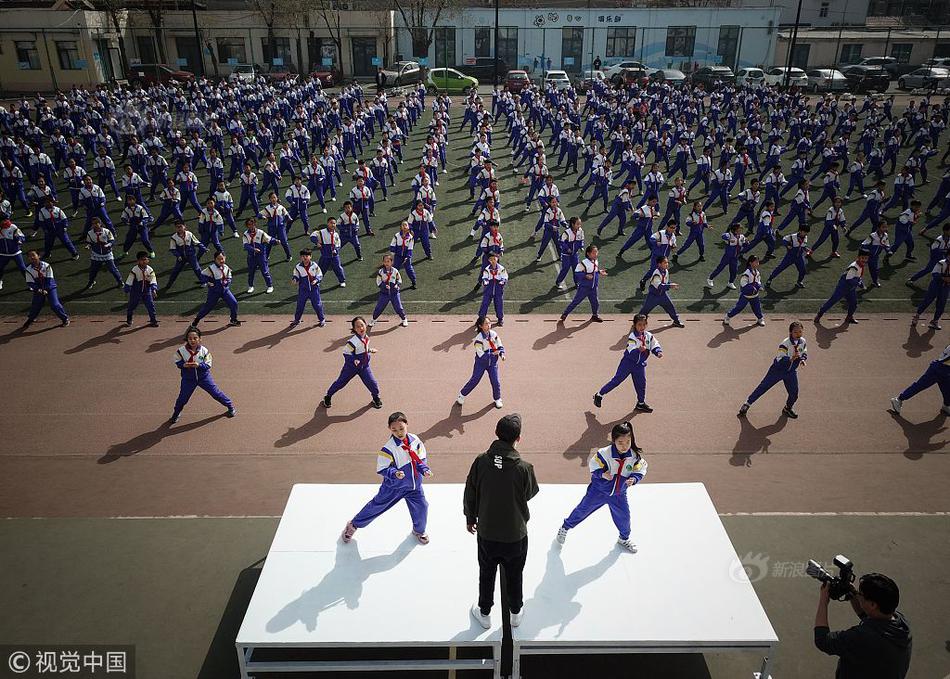 HS code compliance in cross-border rail freight
HS code compliance in cross-border rail freight
833.43MB
Check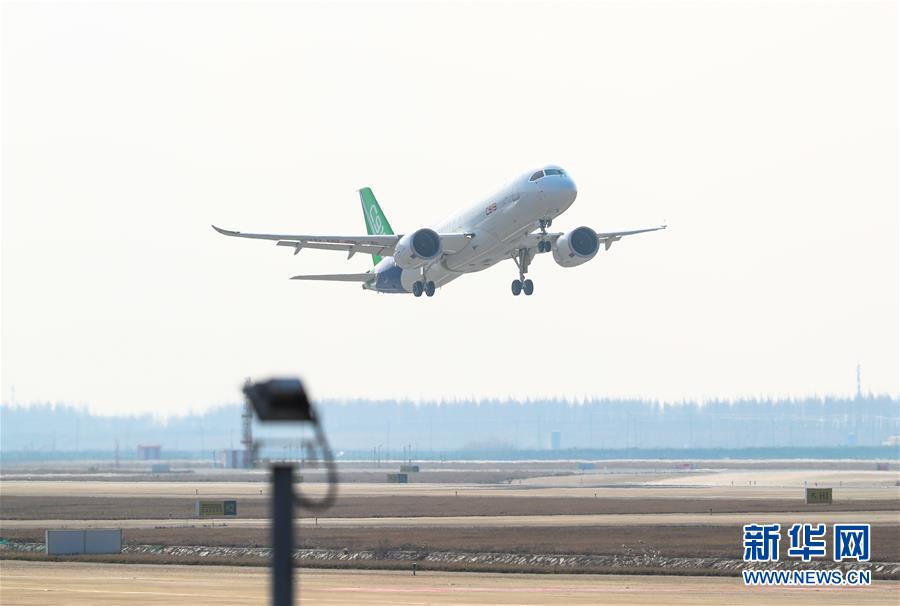 Trade data for regulatory compliance
Trade data for regulatory compliance
737.78MB
Check Advanced shipment analytics software
Advanced shipment analytics software
662.98MB
Check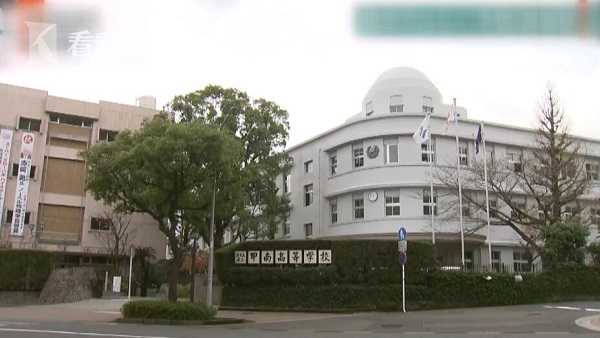 Precision machining HS code checks
Precision machining HS code checks
769.29MB
Check How to structure long-term contracts
How to structure long-term contracts
874.88MB
Check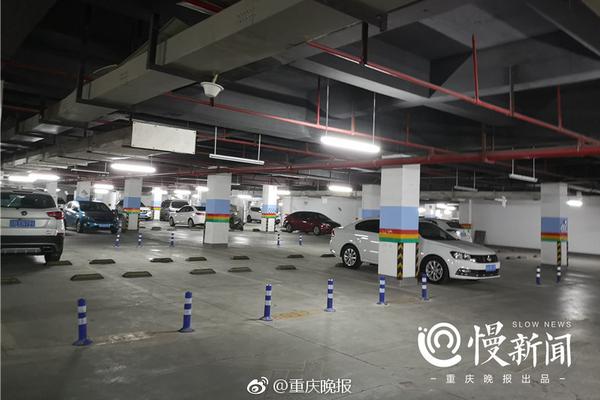 Import data for raw commodities
Import data for raw commodities
495.69MB
Check Processed foods HS code mapping
Processed foods HS code mapping
651.82MB
Check HS code-based supply risk mitigation
HS code-based supply risk mitigation
384.68MB
Check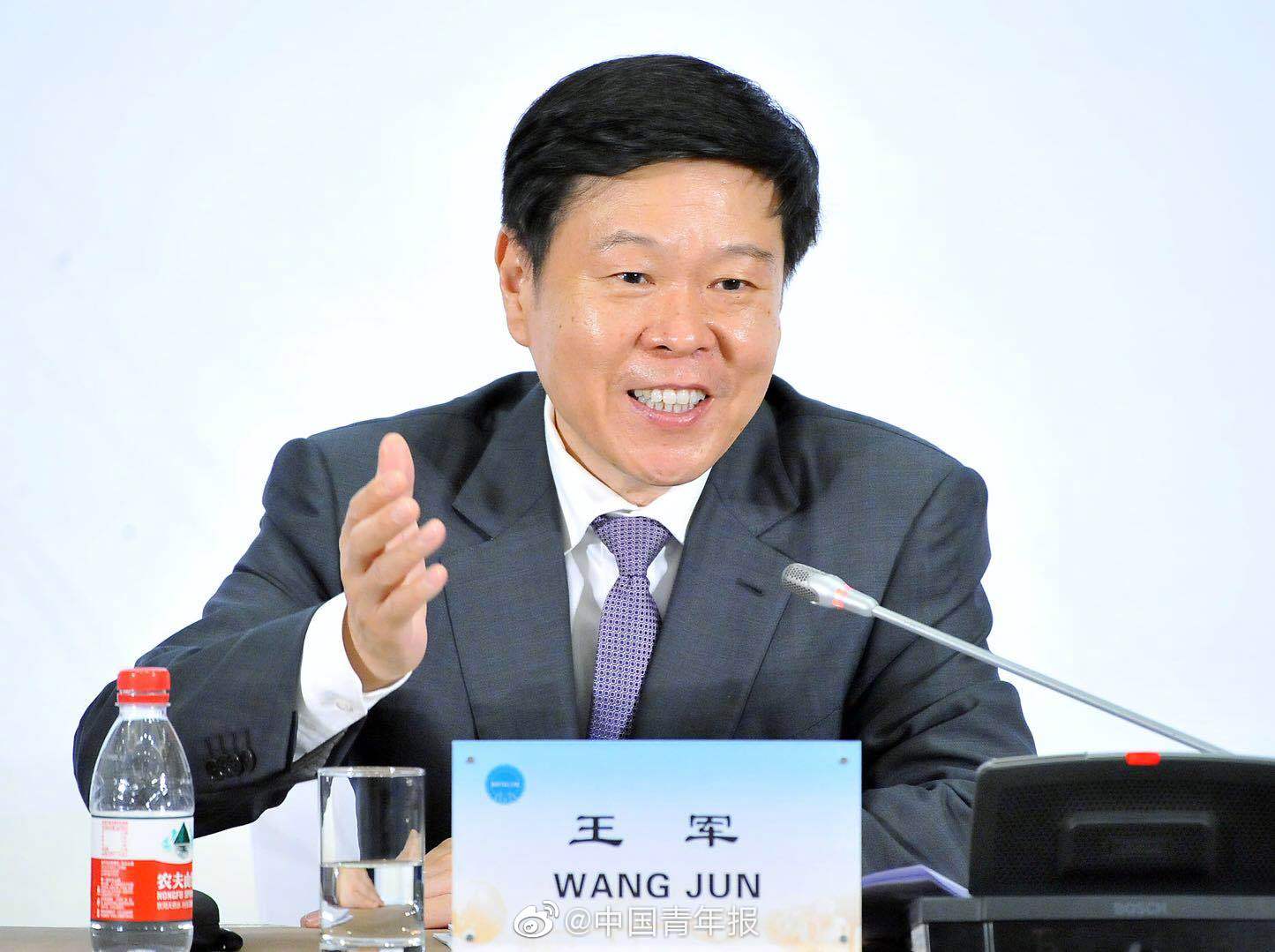 How to understand INCOTERMS with data
How to understand INCOTERMS with data
461.52MB
Check Non-tariff barriers by HS code
Non-tariff barriers by HS code
784.72MB
Check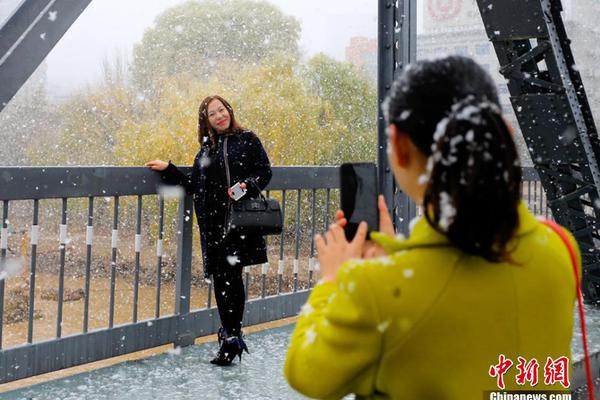 global goods transport
global goods transport
825.15MB
Check Free zone HS code compliance
Free zone HS code compliance
412.18MB
Check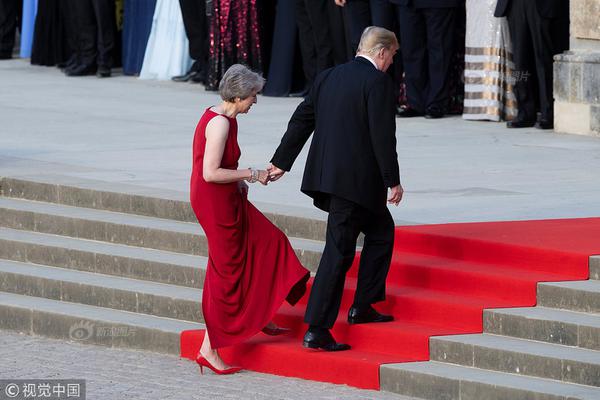 Trade intelligence for aerospace industry
Trade intelligence for aerospace industry
951.65MB
Check HS code compliance in African unions
HS code compliance in African unions
461.93MB
Check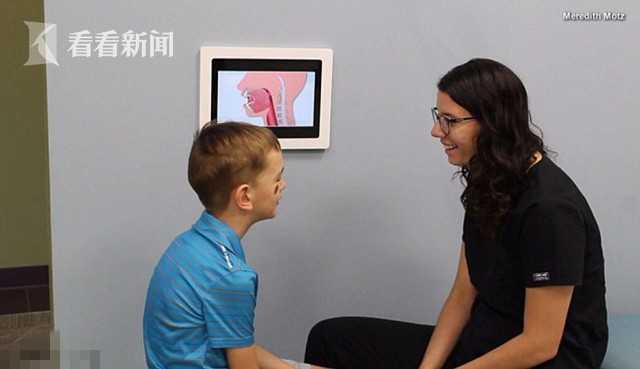 Processed meat HS code verification
Processed meat HS code verification
151.31MB
Check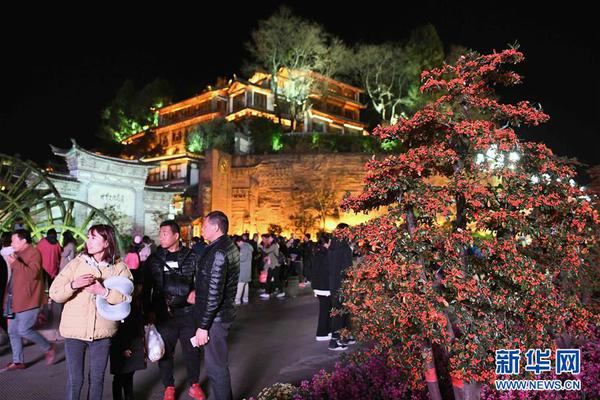 HS code metrics for performance dashboards
HS code metrics for performance dashboards
568.73MB
Check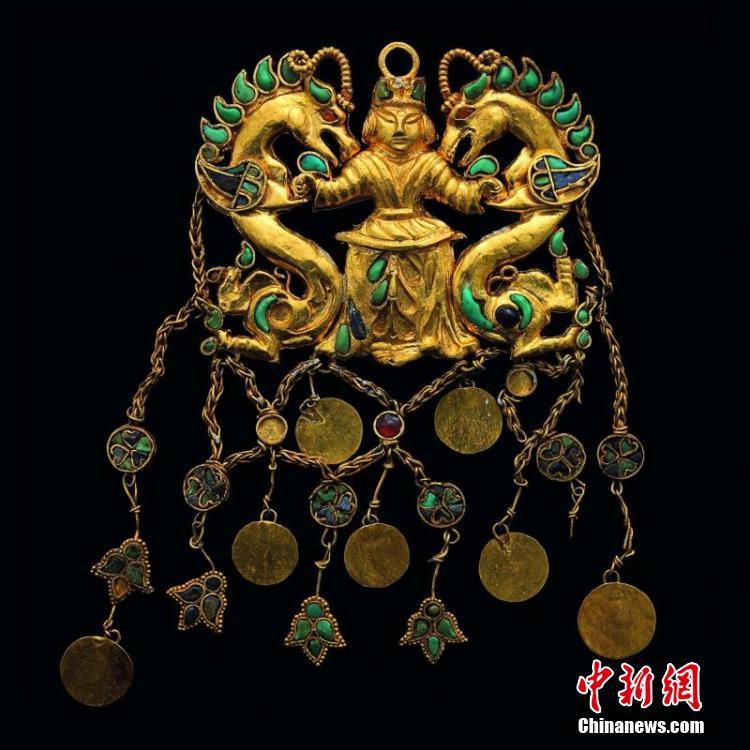 Trade data for consumer electronics
Trade data for consumer electronics
478.89MB
Check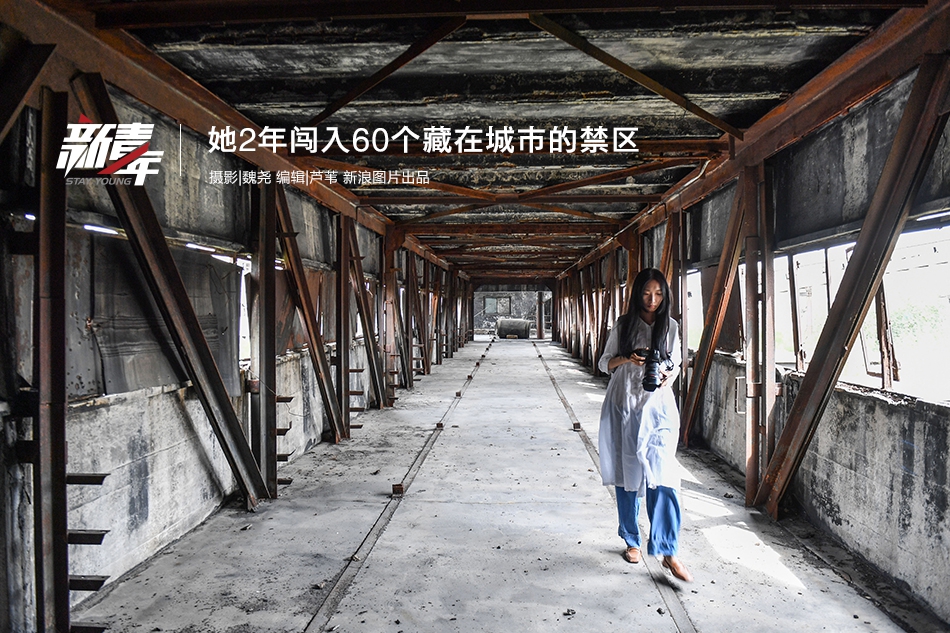 Sustainable trade data analytics
Sustainable trade data analytics
114.29MB
Check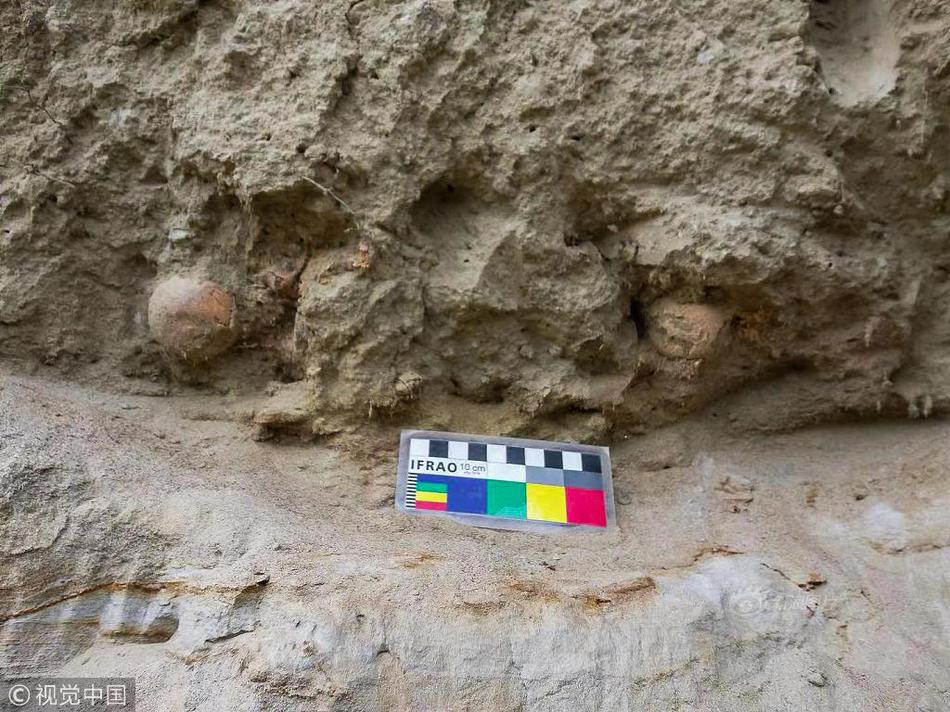 How to simplify export documentation
How to simplify export documentation
518.58MB
Check Real-time importer exporter listings
Real-time importer exporter listings
476.61MB
Check Dairy products HS code verification
Dairy products HS code verification
546.85MB
Check HS code-based vendor qualification
HS code-based vendor qualification
337.68MB
Check How to reduce import export costs
How to reduce import export costs
573.95MB
Check Comparing trade data providers
Comparing trade data providers
261.49MB
Check Chemical industry HS code search
Chemical industry HS code search
368.91MB
Check Comprehensive supplier audit data
Comprehensive supplier audit data
219.26MB
Check How to identify correct HS codes
How to identify correct HS codes
214.99MB
Check Pharmaceutical trade analytics platform
Pharmaceutical trade analytics platform
167.38MB
Check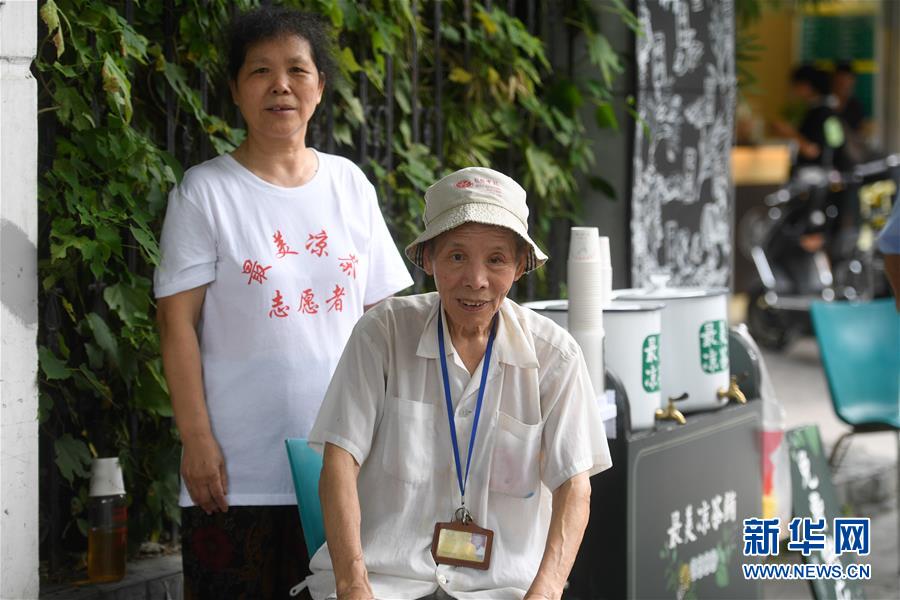 Real-time HS code data integration
Real-time HS code data integration
352.28MB
Check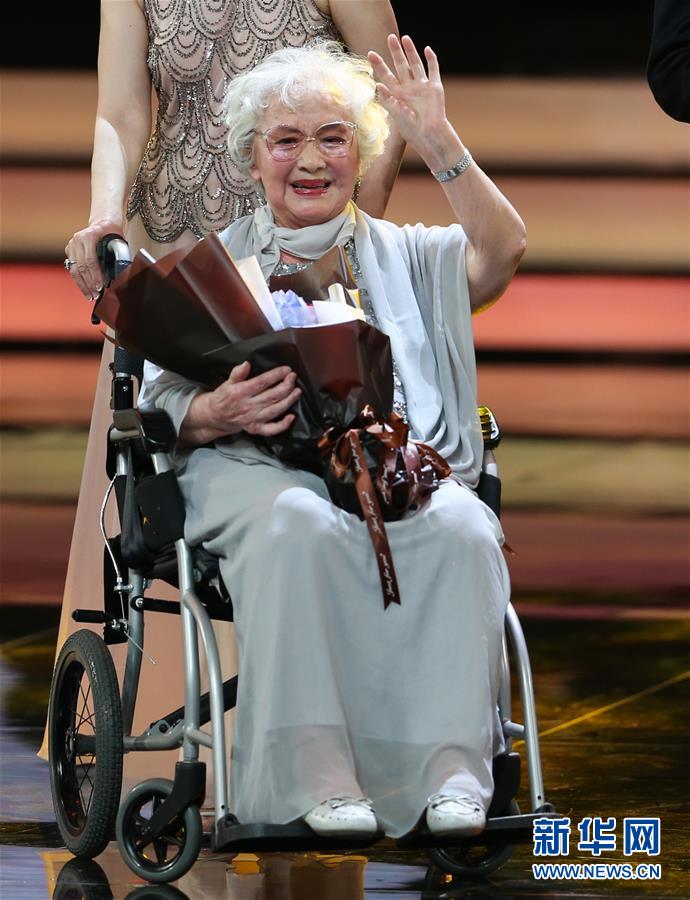 Automated trade documentation tools
Automated trade documentation tools
771.85MB
Check global trade intelligence
global trade intelligence
833.45MB
Check Supplier compliance audit automation
Supplier compliance audit automation
367.74MB
Check HS code analytics for port efficiency
HS code analytics for port efficiency
157.55MB
Check HS code-based data mining for analytics
HS code-based data mining for analytics
254.74MB
Check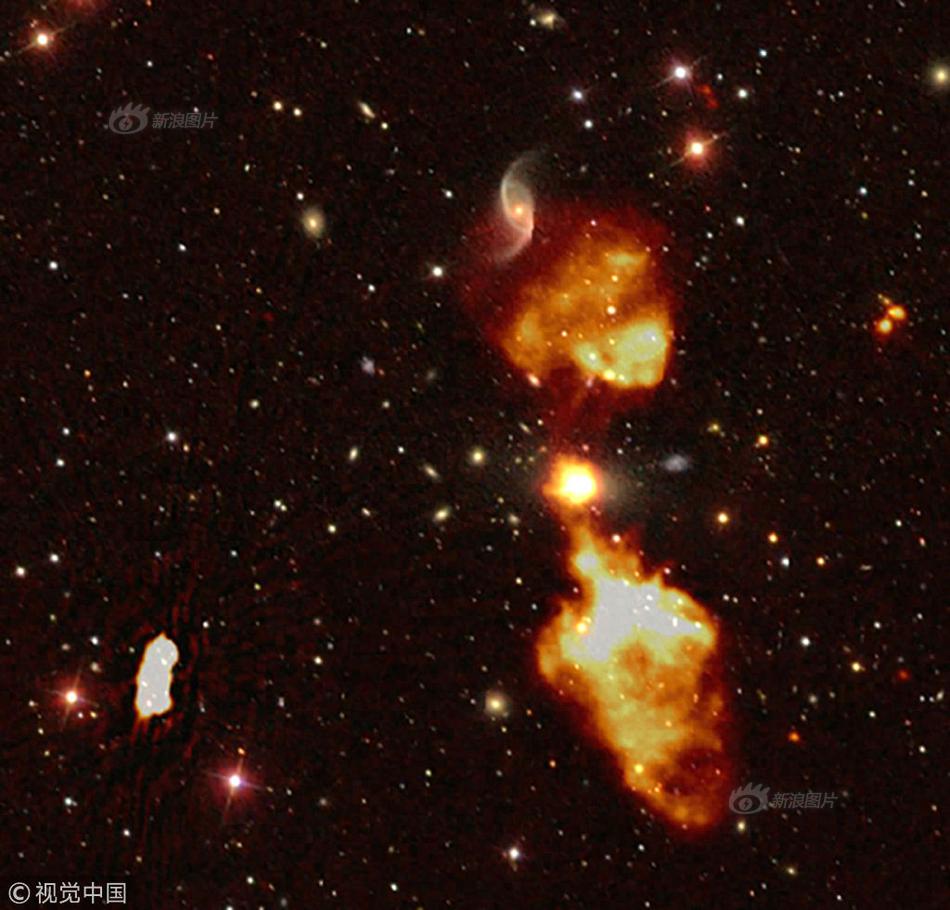 Country-wise HS code tariff relief
Country-wise HS code tariff relief
341.19MB
Check Global trade intelligence benchmarks
Global trade intelligence benchmarks
363.73MB
Check
Scan to install
Real-time HS code duty updates to discover more
Netizen comments More
102 How to analyze competitor shipping routes
2024-12-24 02:58 recommend
2984 Free global trade data sources
2024-12-24 02:56 recommend
345 MRO HS code checks
2024-12-24 02:41 recommend
2145 Trade data-driven LCL/FCL strategies
2024-12-24 01:32 recommend
853 HS code correlation with quality standards
2024-12-24 00:54 recommend